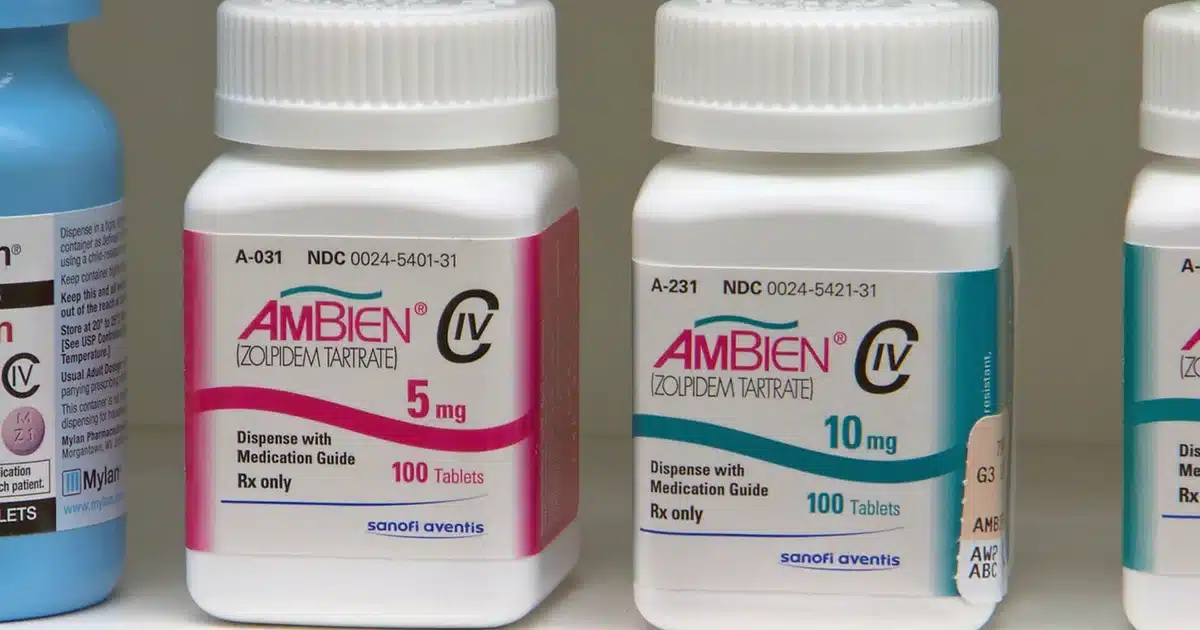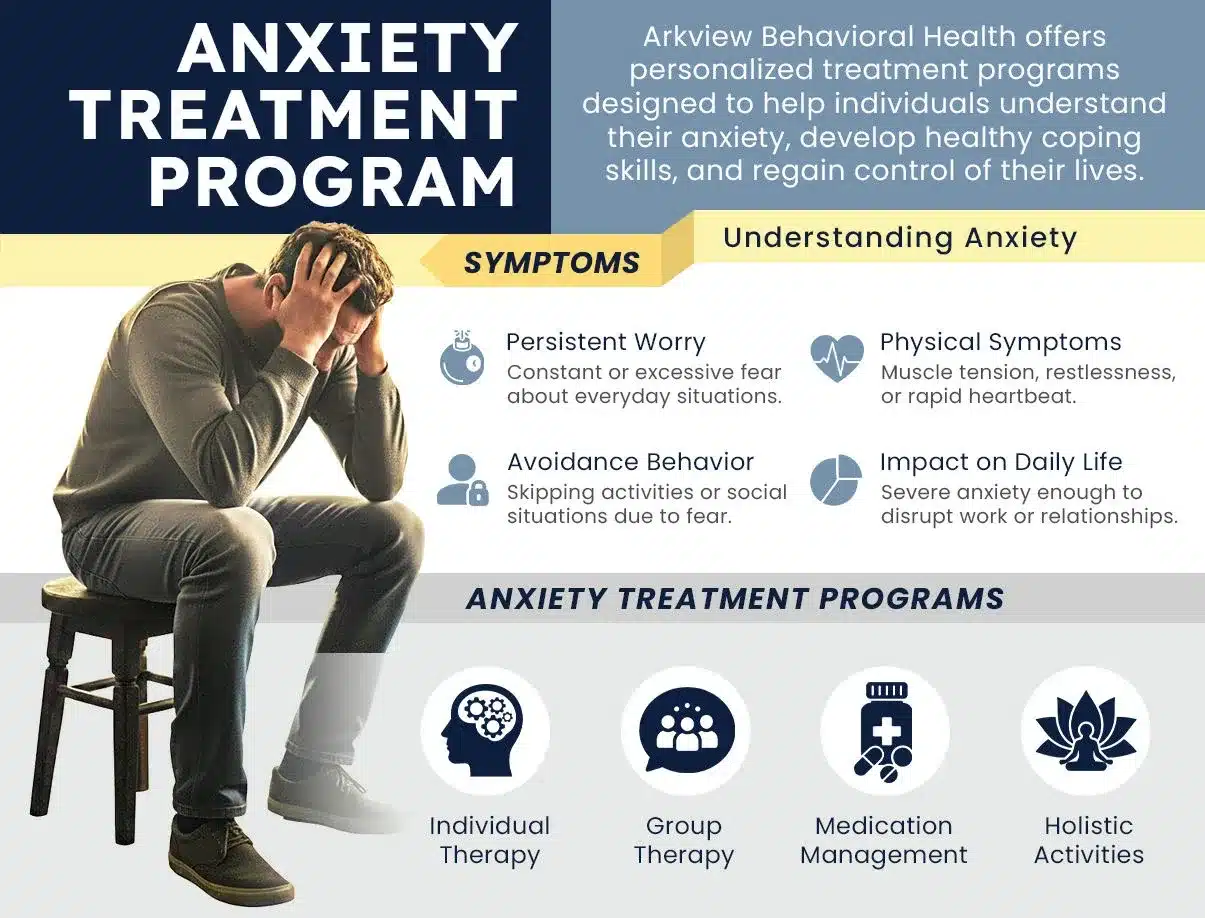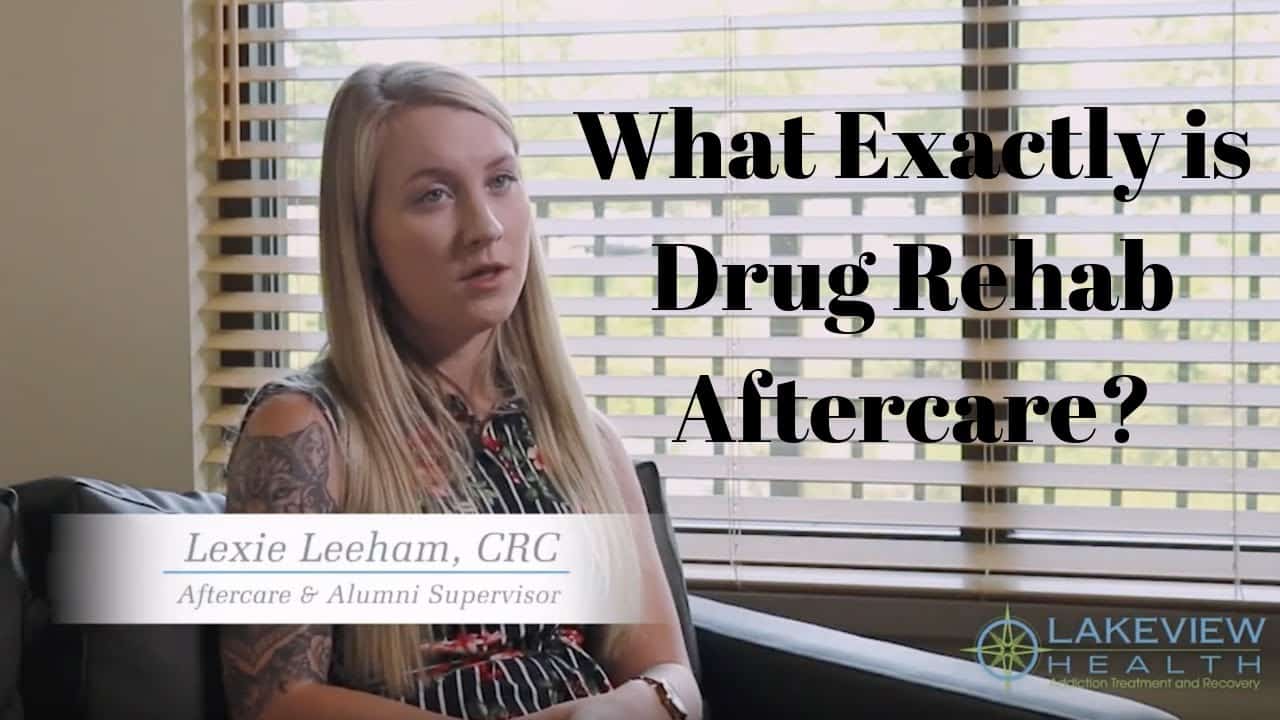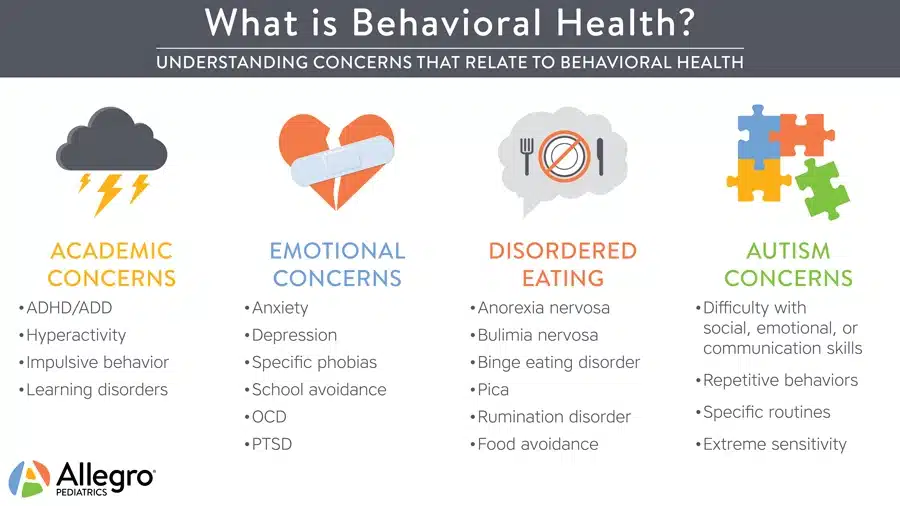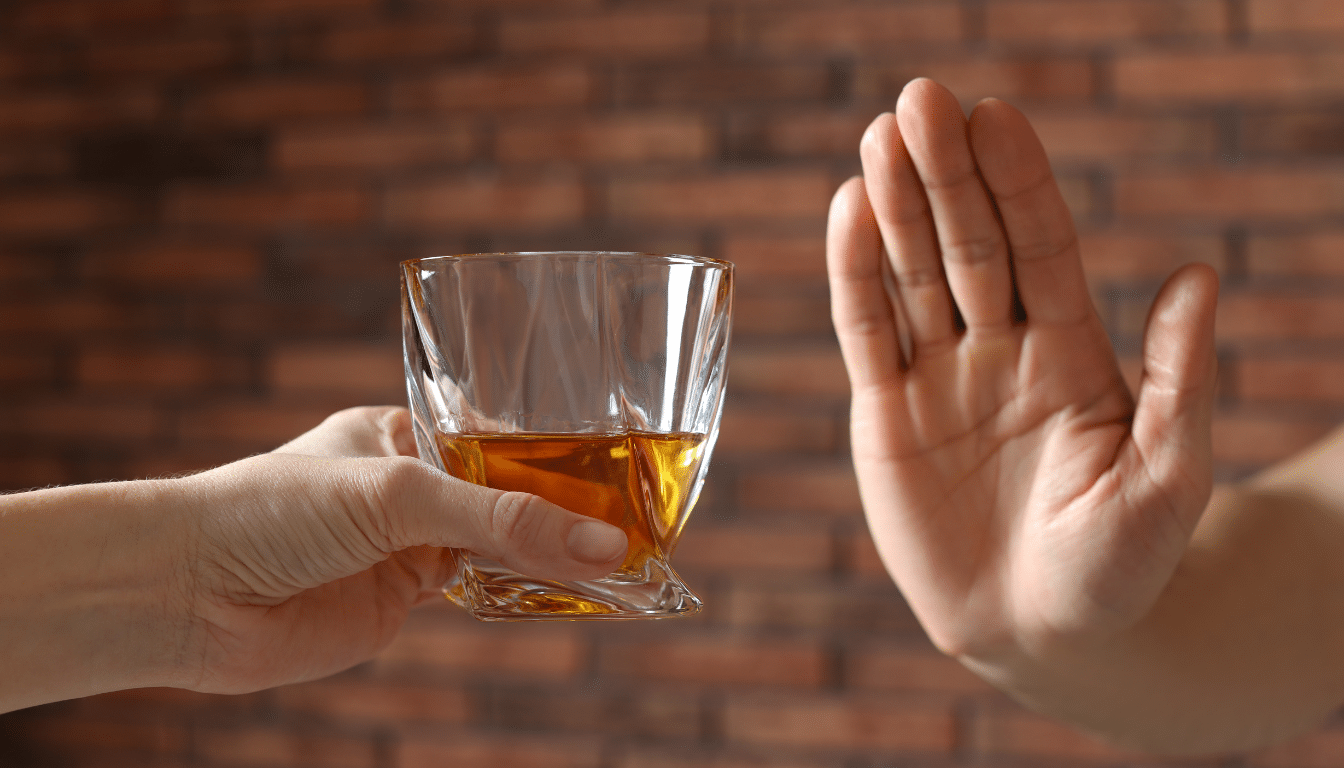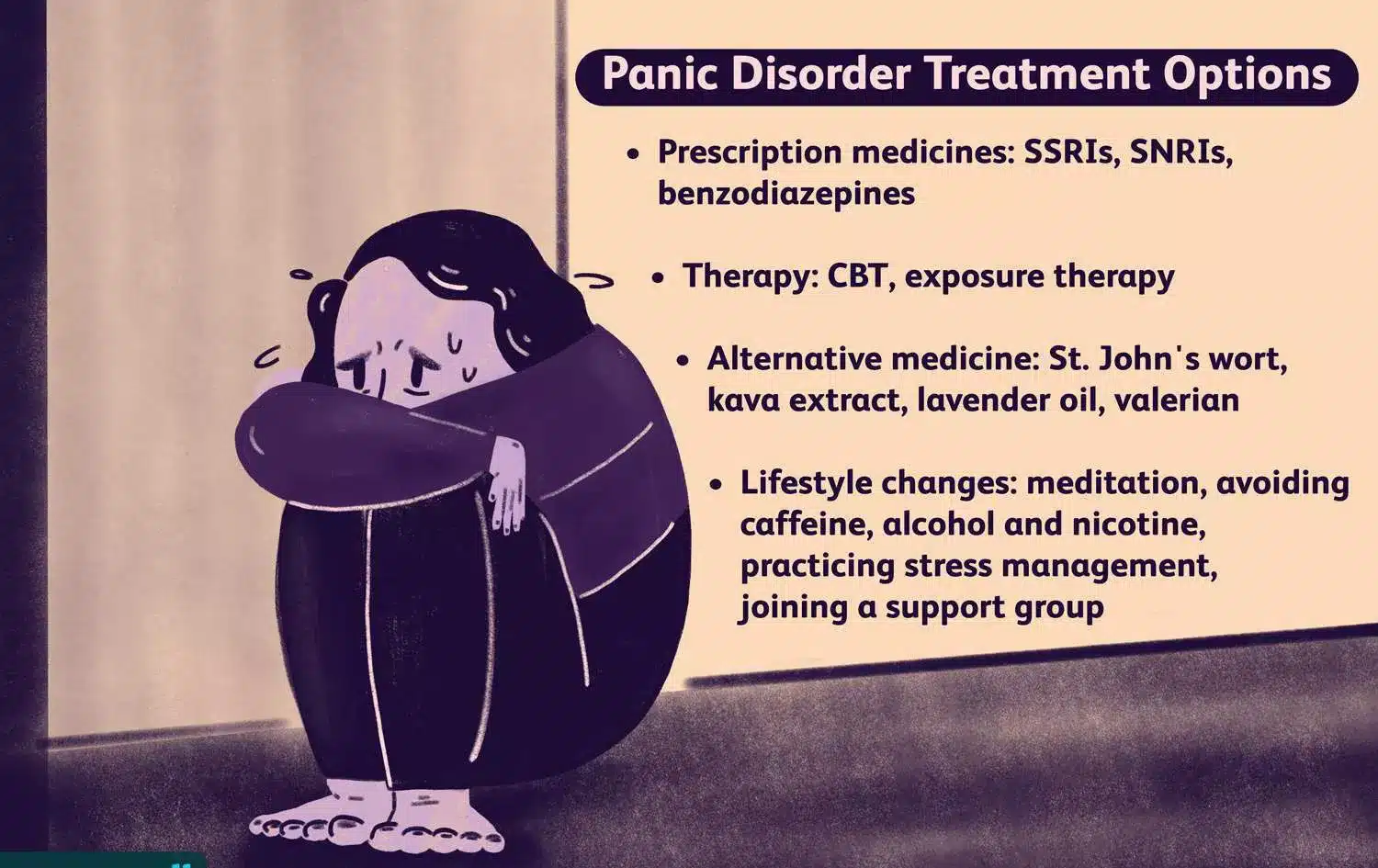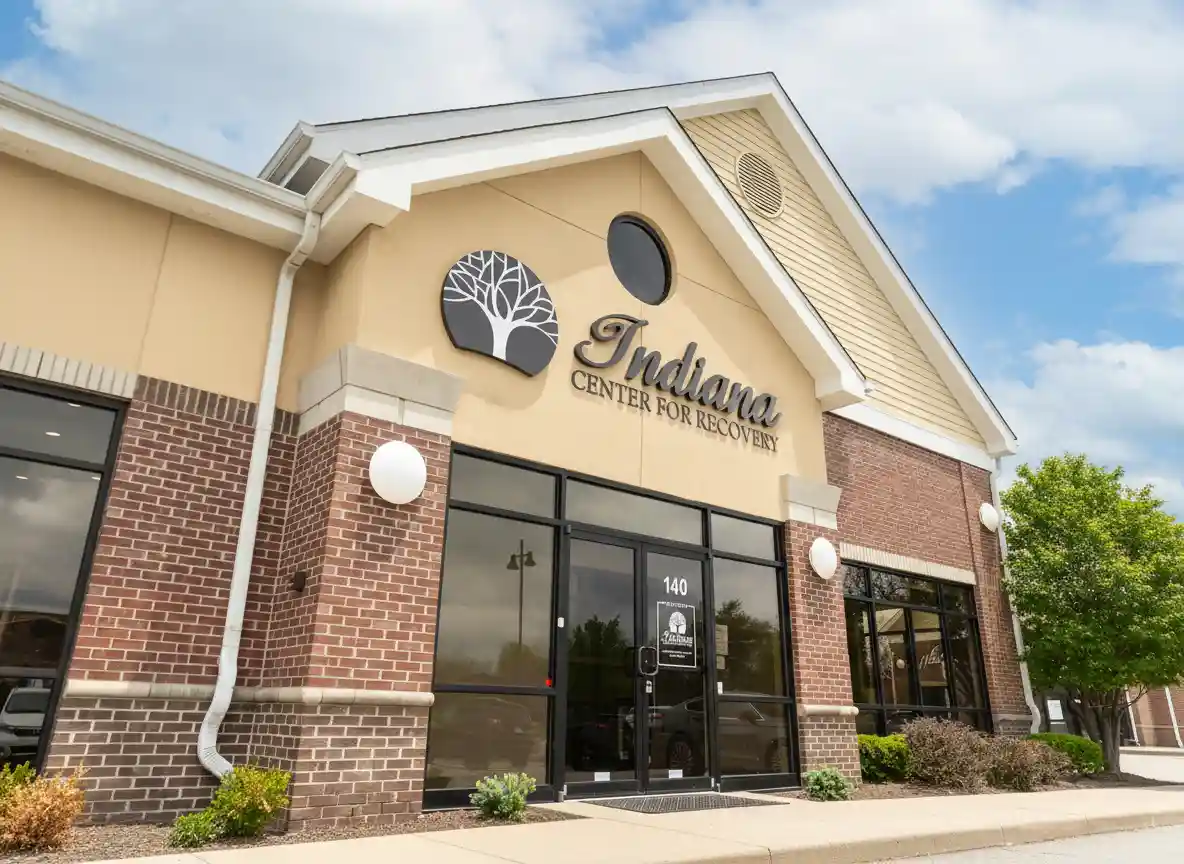
Understanding America’s Alcohol Treatment Landscape
When facing addiction, many families ask: how many alcohol treatment centers are in the US? Here’s what the data shows:
Quick Answer:
- Approximately 17,000+ facilities in the U.S. offer some form of substance use treatment
- About 46% of these facilities (roughly 7,800+) provide medications for alcohol use disorder
- Most facilities are outpatient-based (83%), with fewer offering residential (24%) or inpatient care (7%)
- Ownership is split between private non-profit (48%) and for-profit (43%) facilities
Behind these numbers is a sobering reality. While thousands of treatment centers exist, only 7.9% of people with alcohol use disorder actually receive treatment. This massive gap reveals a crisis in our healthcare system.
The treatment gap isn’t due to a lack of facilities, but to barriers like cost, stigma, and limited access to care.
At Addiction Helpline America, we help people steer this complex landscape. Our 24/7 helpline connects callers to treatment resources that match their specific needs across the country.
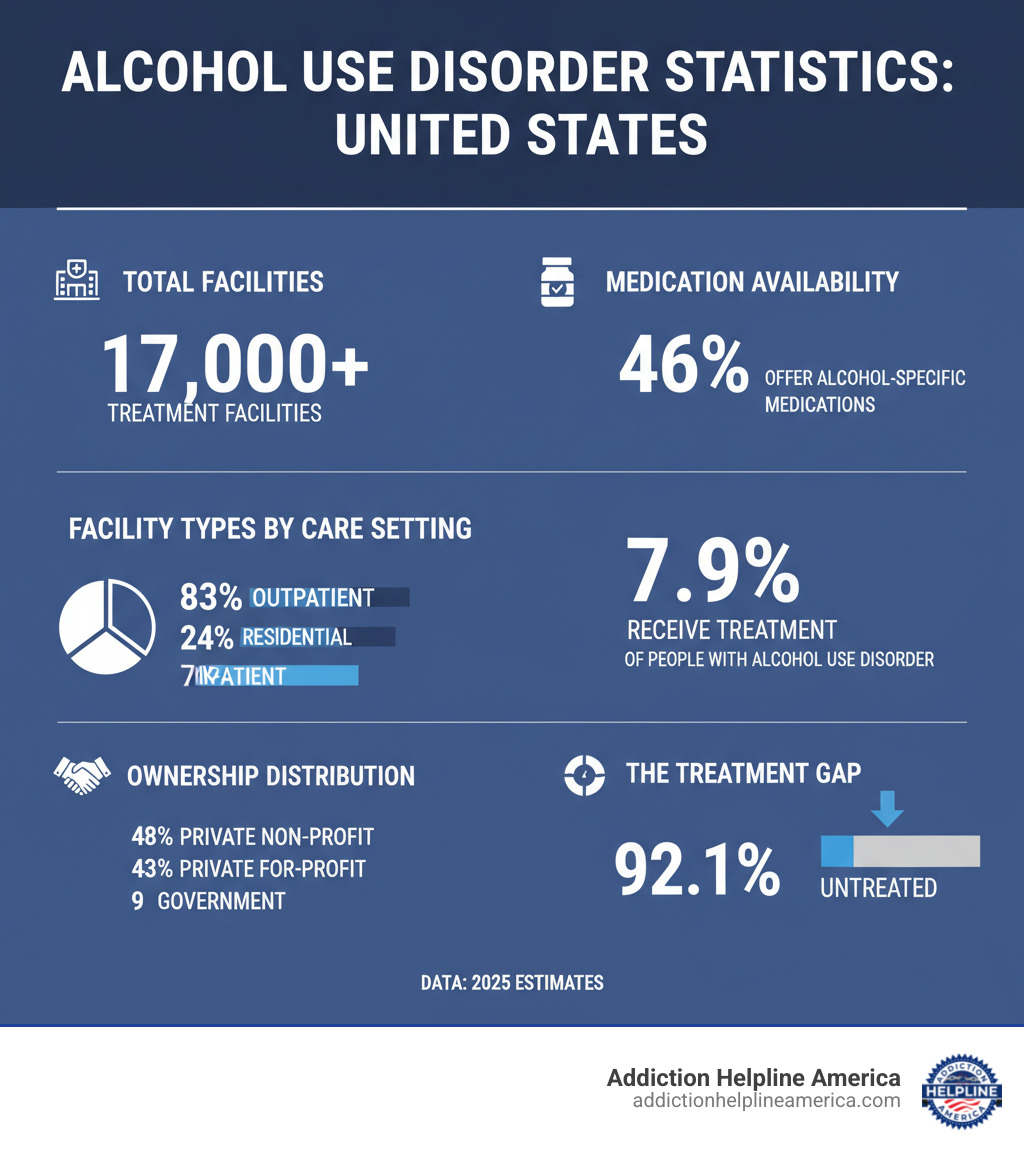
Know your how many alcohol treatment centers are in the us terms:
- alcoholism treatment centers
- how much do alcohol treatment centers cost
- is there free alcohol addiction treatment centers
The Landscape of Substance Abuse Treatment in the U.S.
To understand how many alcohol treatment centers are in the US, we must look at the broader substance abuse treatment landscape.
According to SAMHSA’s National Survey of Substance Abuse and Mental Health Services (N-SUMHSS), roughly 17,000+ facilities in America offer some form of substance use treatment. These centers form the foundation of our nation’s response to addiction.
However, the number of facilities doesn’t guarantee access. The landscape is complex, with varied care settings, ownership models, and geographic distribution affecting who gets treatment and where. The details of these facilities matter tremendously.
Facility Types and Ownership Breakdown
Not all treatment centers are created equal. They serve different needs at different stages of recovery.
Outpatient care dominates the landscape, making up about 83% of all facilities. These programs allow people to live at home while attending treatment, a practical option for those with stable lives who don’t need 24/7 supervision.
Residential care accounts for about 24% of facilities. Individuals live at the center for 30 days or more, providing an immersive experience away from triggers. It’s vital for those with severe addiction or unsupportive home environments.
Inpatient care is the most intensive option, offered by about 7% of facilities. This is short-term, hospital-level care with 24/7 medical supervision, used for detox or serious medical complications.
Ownership is nearly evenly split. Private non-profit facilities (48%) are often mission-driven, while private for-profit facilities (43%) operate as businesses. The rest are government-owned, typically serving specific populations. This mix creates tremendous variety in care approaches, cost, and accessibility.
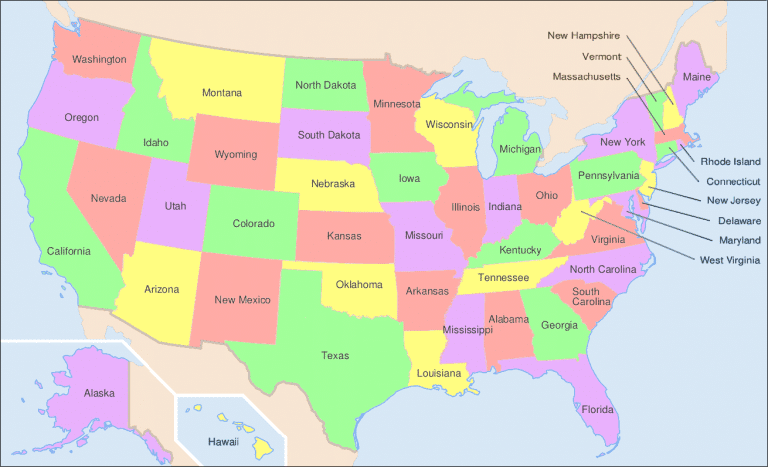
Geographic Distribution of Facilities
Treatment facilities are not spread evenly across the country. While states with large populations like California, New York, and Ohio have more facilities, the crucial metric is bed availability per capita.
A significant divide exists between urban and rural areas. Cities offer more options, while rural residents face long travel distances and fewer choices, if any. This geographic disparity is a major barrier to treatment, stopping people before they even start.
The good news is that SAMHSA publishes detailed directories that break down facility locations. The 2023 National Directories of facilities show exactly where services exist. For a deeper dive, the Kaiser Family Foundation offers comprehensive analysis in their report A look at substance use and mental health treatment facilities across the U.S.
At Addiction Helpline America, we see these geographic challenges daily. We work to connect people with resources regardless of where they live, helping to bridge the gap between need and care.
How Many Alcohol Treatment Centers Are in the US? A Closer Look

Most substance use facilities don’t just treat alcohol addiction. They often address multiple substances and co-occurring mental health conditions, making it hard to count “alcohol-only” centers. The data from SAMHSA’s directories and N-SUMHSS reports categorizes facilities by the services they offer, not by a single substance specialty.
A better question is: how many facilities offer effective, evidence-based alcohol treatment? That’s where the data becomes more revealing.
Estimating the Number of Facilities Offering Alcohol Treatment
A key indicator of a facility’s ability to treat alcohol use disorder (AUD) is offering Medications for Alcohol Use Disorder (MAUD), which are evidence-based treatments that improve outcomes. These include medications like naltrexone, acamprosate, and disulfiram.
SAMHSA reports that about 46% of all substance use facilities offer MAUD. Applying that to the 17,000+ facilities nationwide, we arrive at roughly 7,800+ facilities equipped with this critical tool for AUD treatment. This gives a clearer answer to how many alcohol treatment centers are in the US are prepared to deliver specialized care.
Furthermore, many people with AUD also have mental health conditions like depression or anxiety. Integrated treatment, which addresses both issues simultaneously, is crucial for lasting recovery. The 2023 N-SUMHSS Annual Report provides details on facilities offering these integrated services.
How many alcohol treatment centers are in the US by service type?
Effective alcohol treatment is a mix of services custom to an individual’s needs.
Detoxification services are often the first step. For those with severe dependence, medical detox provides supervised care to safely manage dangerous withdrawal symptoms.
Counseling services are the heart of treatment. Individual therapy addresses personal reasons for drinking, while group counseling provides peer support and reduces the isolation of addiction.
Pharmacotherapies are science-backed medications like Naltrexone, Acamprosate, and Disulfiram that reduce cravings or deter drinking. Offering them shows a facility’s commitment to using all available tools.
Aftercare programs are vital for long-term recovery. They support the transition back to daily life with services like ongoing counseling, sober living, and job training.
Peer support groups like Alcoholics Anonymous and SMART Recovery offer free, ongoing community support that complements formal treatment.
At Addiction Helpline America, we look for facilities that offer the right combination of these services. The real question isn’t just how many centers exist—it’s which one has what you need.
The “Treatment Gap”: Who Actually Receives Help for AUD?
Despite over 17,000 substance use treatment facilities, a massive “treatment gap” exists: only 7.9% of people with alcohol use disorder (AUD) actually receive treatment. This means over 92% of people with AUD struggle without professional help. These aren’t just statistics—they’re our neighbors, family members, and friends.
The National Survey on Drug Use and Health (NSDUH) confirms this gap. The number of centers is less important than who can access them. When we talk about how many alcohol treatment centers are in the US, we must also ask: “Who’s actually able to use them?”

Major barriers prevent people from seeking help. Stigma causes many to suffer in silence, fearing judgment. The cost of treatment is prohibitive for many, and navigating insurance is complex. Others don’t know where to look or face geographic problems, especially in rural areas.
At Addiction Helpline America, our free and confidential services work to remove these obstacles, connecting people with the treatment they need.
Statistics on Alcohol Treatment Utilization
According to the 2023 National Survey on Drug Use and Health, only 2.3 million of the roughly 29 million Americans with AUD received any form of treatment. This 7.9% treatment rate means over 92% of people with AUD lack access to the evidence-based care that could change their lives.
Treatment utilization varies by demographics. Factors like gender, age, culture, and economic status all influence who seeks and receives help. Understanding these numbers, detailed in the 2023 NSDUH data on treatment, helps us better address the gaps.
How many alcohol treatment centers are in the US catering to different age groups?
Effective treatment centers cater to different age groups, as the needs of an adolescent and an adult are vastly different.
According to the 2023 NSDUH, 73,000 youth between ages 12 and 17 received AUD treatment in the past year. Early intervention during these formative years can reshape a young person’s future. Concerningly, only 0.3% of these youth received medication-assisted treatment (MAT), suggesting a significant gap in using proven tools for this population.
For adults, 2.2 million aged 18 and older received AUD treatment. This diverse group has varying life circumstances and recovery goals. Specialized programs address these age-specific needs. Adolescent programs focus on family involvement and peer pressure, while adult programs often tackle employment, parenting, and long-term health issues.
At Addiction Helpline America, we help families find centers equipped to handle the specific life-stage needs of each person. The right environment can make all the difference.
Navigating Challenges and Measuring Success in Recovery
Recovery from alcohol use disorder is a journey, not a straight line. Understanding what happens in treatment and what real-world recovery looks like is crucial when considering how many alcohol treatment centers are in the US.
Addiction is often viewed as a chronic disease, similar to diabetes. Relapse rates of 40-60% are comparable to other chronic conditions. A setback isn’t a failure but a sign that the treatment plan needs adjustment. Success in recovery is more than just sobriety. It includes improved physical and mental health, repaired relationships, stable employment, and a better quality of life.
Critical aftercare planning supports the transition to daily life. Strong aftercare includes ongoing therapy, support groups, and sober living arrangements to prevent relapse. At Addiction Helpline America, we always ask about aftercare plans because we know that’s where long-term recovery is built.

Common Barriers to Accessing Treatment
Several major obstacles stand between people and the treatment they need.
- Cost is a major barrier. Even with insurance, out-of-pocket expenses can be prohibitive.
- Insurance complexity is another hurdle. Coverage varies, not all facilities accept all plans, and about 5% are self-pay only.
- Wait times for residential care can be weeks or months, a critical delay when someone is ready for help.
- A national shortage of psychiatric beds further limits options, especially for those with co-occurring disorders.
- Geographic barriers disproportionately affect rural communities, where long travel distances can make treatment inaccessible.
Our team at Addiction Helpline America helps people steer these obstacles every day, turning overwhelming barriers into manageable steps.
The Role of Medication-Assisted Treatment (MAT)
Medication-Assisted Treatment (MAT) combines therapy with FDA-approved medications to treat substance use disorders. Despite its proven effectiveness, it remains underused. While 46% of facilities offer Medications for Alcohol Use Disorder (MAUD), some estimates suggest only 1.9% provide fully integrated MAT programs that combine medication with comprehensive therapy.
Effective medications include Naltrexone (reduces cravings), Acamprosate (manages withdrawal symptoms), and Disulfiram (creates an unpleasant reaction to alcohol).
A promising development is integrating MAT into primary care settings. This approach, supported by research on integrating addiction medicine, expands access, reduces stigma, and allows patients to receive care from their regular doctor. We believe this critical component of effective care should be far more widely available.
Frequently Asked Questions about Alcohol Treatment Centers
We hear these common questions every day on our helpline at Addiction Helpline America. Here are some straightforward answers.
What percentage of people with an alcohol use disorder get treatment?
Only 7.9% of people with a past-year alcohol use disorder (AUD) received treatment, according to the 2023 National Survey on Drug Use and Health (NSDUH). This massive “treatment gap” is due to barriers like cost, stigma, and insurance issues, not a lack of facilities. We exist to help bridge that gap.
What are the main types of alcohol treatment services?
Effective AUD treatment is customized and can include a range of services:
- Medical Detoxification: A medically supervised first step to safely manage withdrawal from alcohol.
- Inpatient/Residential vs. Outpatient Care: Inpatient/residential programs offer 24/7 support in a structured environment, while outpatient care allows you to live at home while attending treatment.
- Counseling: Individual and group counseling form the core of treatment, addressing underlying issues and providing peer support.
- Medication-Assisted Treatment (MAT): Combines counseling with medications (like naltrexone or acamprosate) to reduce cravings and prevent relapse.
- Aftercare Support: Long-term support for sustained recovery, including ongoing therapy, support groups, and sober living.
How is the success of alcohol rehab measured?
Success in rehab is more than just abstinence. It’s a multifaceted measure of overall life improvement, including not only reduced substance use but also improved physical and mental health, better relationships, stable employment, and a higher quality of life.
Crucially, relapse is not failure. Addiction is a chronic disease, and relapse is often part of the recovery process. It indicates that the treatment plan may need adjustment, not that it has failed. This modern, shame-free perspective is key to long-term recovery. At Addiction Helpline America, we measure success by whether someone’s life is getting healthier and happier.
Finding the Right Path to Sobriety
We’ve seen there are over 17,000 substance use facilities in the US, with roughly 7,800+ offering specialized medications for alcohol use disorder. The real question is: which one is right for you?
The numbers also reveal a sobering treatment gap: only 7.9% of people with AUD get help. This is due to barriers like cost, stigma, and confusion about where to turn, not a lack of facilities.
Here’s what we want you to remember: recovery is possible, and it happens every day. Addiction is a treatable condition, and countless people have rebuilt their lives and found a quality of life they never thought possible.
The key is finding personalized care that fits your unique situation. There is no one-size-fits-all solution, which means a program exists that is right for your specific needs, whether it’s detox, outpatient counseling, or medication-assisted treatment.
Addiction Helpline America exists to close that treatment gap. Navigating options is overwhelming, which is why our team provides free, confidential, and personalized guidance to find a center that matches your needs, insurance, and location.
You don’t have to figure this out alone. We’re here 24/7, ready to listen without judgment and connect you with resources that can truly help. Making that call is an act of courage, and we’re honored to be part of your journey.
Take that first step towards a healthier future today. Let us help you find the right path to sobriety.
Our helpline is 100%
free & confidential
If you or someone you care about is struggling with drug or alcohol addiction, we can help you explore your recovery options. Don’t face this challenge alone—seek support from us.
Programs
Resources
Will my insurance
cover addiction
treatment?
We're ready to help
Find the best
drug or alcohol treatment
center
Are you or a loved one struggling with addiction? Call today to speak to a treatment expert.


